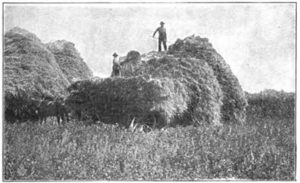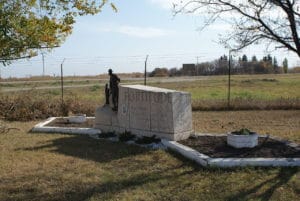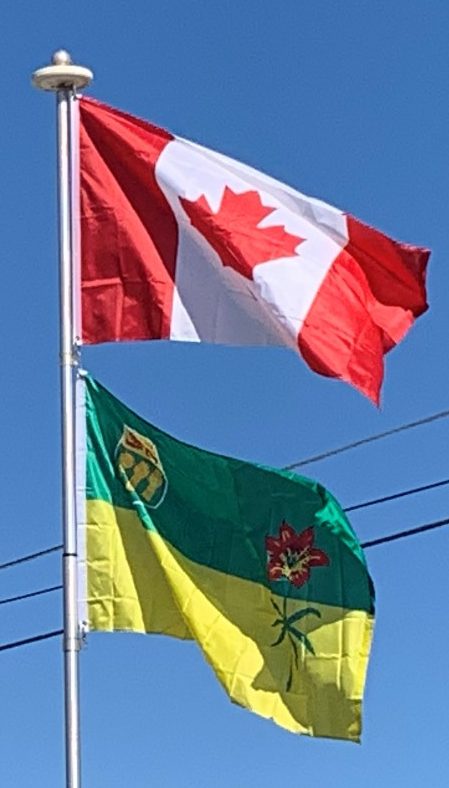The dominant groups comprised British settlers from eastern Canada and Britain, who comprised about half of the population during the late 19th and early 20th centuries. They played the leading role in establishing the basic institutions of plains society, economy and government.
20th Century:
On September 1, 1905, Saskatchewan became a province, with inauguration day held September 4. Its political leaders at the time proclaimed its destiny was to become Canada’s most powerful province. Saskatchewan embarked on an ambitious province-building program based on its Anglo-Canadian culture and wheat production for the export market. Population quintupled from 91,000 in 1901 to 492,000 to 1911, thanks to heavy immigration of farmers from the Ukraine, U.S., Germany and Scandinavia. Efforts were made to assimilate the newcomers to British Canadian culture and values.
Immigration peaked in 1910, and in spite of the initial difficulties of frontier life – distance from towns, sod homes, and backbreaking labor – new settlers established a European-Canadian style of prosperous agrarian society. The long-term prosperity of the province depended on the world price of grain, which headed steadily upward from the 1880s to 1920, then plunged down. Wheat output was increased by new strains, such as the “Marquis wheat” strain which matured 8 days sooner and yielded 7 more bushels per acre than the previous standard, “Red Fife”. The national output of wheat soared from 8 million bushels in 1896, to 26 million in 1901, reaching 151 million by 1921.

The province responded to the First World War in 1914 with patriotic enthusiasm and enjoyed the resultant economic boom for farms and cities alike. Emotional and intellectual support for the war emerged from the politics of Canadian national identity, the rural myth, and social gospel progressivism The Church of England was especially supportive. However, there was strong hostility toward German-Canadian farmers. Recent Ukrainian immigrants were enemy aliens because of their citizenship in the Austro-Hungarian Empire. A small fraction were taken to internment camps. Most of the internees were unskilled unemployed laborers who were imprisoned because they were destitute, not because they were disloyal.

The price of wheat tripled and acreage seeded doubled. The wartime spirit of sacrifice intensified social reform movements that had predated the war and now came to fruition. Saskatchewan gave women the right to vote in 1916 and at the end of 1916 passed a referendum to prohibit the sale of alcohol.
Post World War II:
In 1970, the first annual Canadian Western Agribition was held in Regina. This farm-industry trade show, with its strong emphasis on livestock, is rated as one of the five top livestock shows in North America, along with those in Houston, Denver, Louisville and Toronto.
The province celebrated the 75th anniversary of its establishment in 1980, with Princess Margaret, Countess of Snowdon, presiding over the official ceremonies. In 2005, 25 years later, her sister, Queen Elizabeth II, attended the events held to mark Saskatchewan’s centennial.
